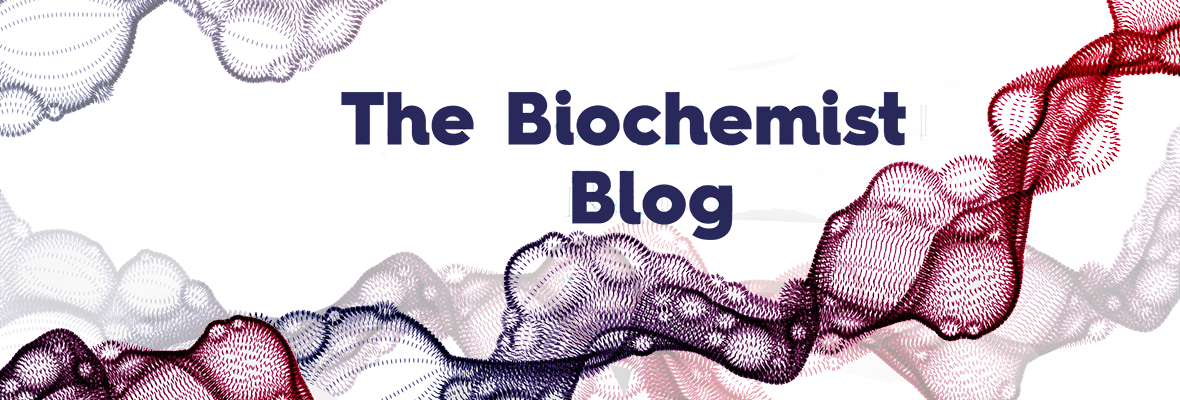
By Anastasia Stefanidou, Communications Officer, Biochemical Society
Gene editing and the use of CRISPR to fix genetic disease in human embryos seem to be all over the news these days.
It has just been reported that a team of American and South Korean scientists have successfully used CRISPR, a tool that cuts DNA with more precision than any other genome editing technology, to fix a genetic defect in human embryos that can cause serious heart problems.
What is gene editing and how does it work?
Gene editing is a way to change a DNA code. It uses specialised “molecular scissors” called nucleases to cut the DNA chain at a specific site. One of the methods of doing this is known as CRISPR-Cas9.
What is CRISPR-Cas9?
CRISPR stands for Clustered Regularly Interspaced Short Palindromic Repeats. Cas9 is a CRISPR-associated system protein – and there’s more than one of them. It’s the Cas9 protein that does the DNA cutting.

Ethical issues in gene editing
Gene editing of human embryos raises ethical and legal considerations. These are explored in this interview between Dr Fraser Macmillan, University of East Anglia and Professor Tom Shakespeare, University of East Anglia.
This video is a part of our Massive Open Online Course (MOOC) ‘Biochemistry: The Molecules of Life’ .
Check out the House of Parliament POSTnote if you want to find out more about the applications of genome editing, potential implications and legislation in the UK.
Further reading
- Genome Editing, The Biochemist, 2016, 38(3)
- Gene Editing in Agriculture: Biotechnology and Biosafety, Emerging Topics in Life Sciences (ETLS), 1(2)
- Site-specific recombinases: molecular machines for the Genetic Revolution, Femi J. Olorunniji, Susan J. Rosser, W. Marshall Stark, Biochemical Journal, 2016, 473 (6) 673-684; DOI: 10.1042/BJ20151112
- Gender-specific medicine in the genomic era, Marianne J. Legato, Clinical Science, 2015, 130 (1) 1-7; DOI: 10.1042/CS20150551
- CRISPR-Cas adaptive immunity and the three Rs, Tom Killelea, Edward L. Bolt, Bioscience Reports, 2017, 37(4), DOI: 10.1042/BSR20160297
- Deletion of transcription factor binding motifs using the CRISPR/spCas9 system in the β-globin LCR, Yea Woon Kim, Ae Ri Kim, Bioscience Reports, 37(4), DOI: 10.1042/BSR20170976
- CRISPR/Cas9-mediated mosaic mutation of SRY gene induces hermaphroditism in rabbits, Yuning Song, Yuanyuan Xu, Mingming Liang, Yuxin Zhang, Mao Chen, Jichao Deng, Zhanjun Li, Bioscience Reports, 38 (2), DOI: 10.1042/BSR20171490
Coming up
This summer the Biochemical Society’s public engagement team are touring our ‘Scientific Scissors’ activity which facilitates debate about the ethical considerations of genome editing. You can find out more about this activity on the public engagement page of the Society’s website.
Reading
Forthcoming issue of Emerging Topics in Life Sciences (ETLS) will focus on CRISPR, Gene Editing in humans (coming in 2019).


You have shared important information in a simple and understanding manner. Keep sharing your good work!
LikeLike